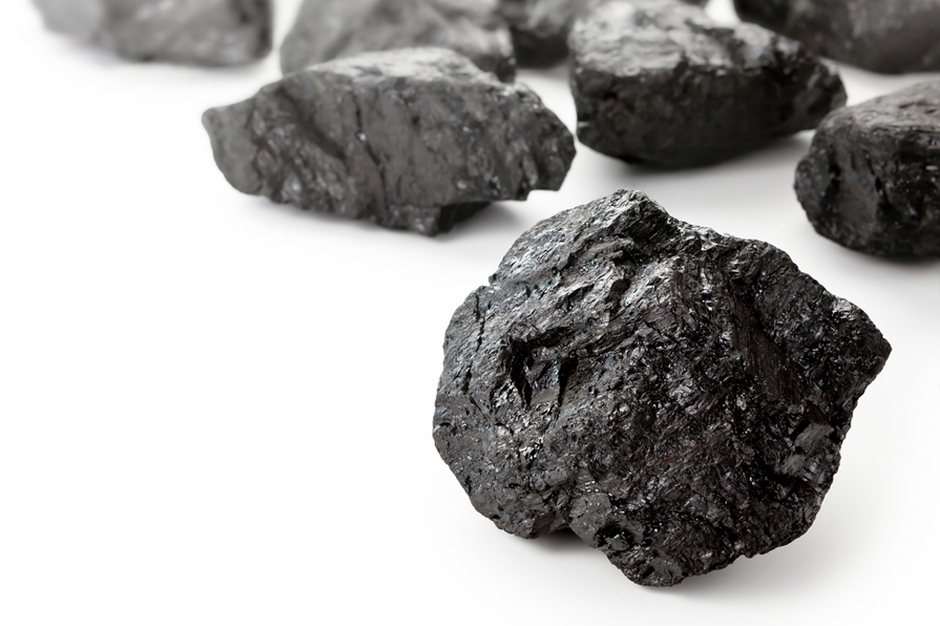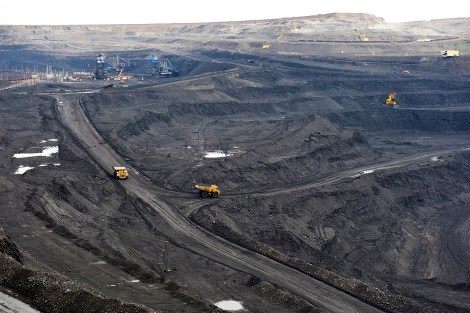Extremely good news for the world: Over the next five years, oil will fall from the top spot as a source of energy.
Extremely bad news for the world: Coal will replace it.
From The Guardian:
Coal consumption is increasing all over the world — even in countries and regions with carbon-cutting targets — except the US, where shale gas has displaced coal, shows new research from the International Energy Agency (IEA). The decline of the fuel in the US has helped to cut prices for coal globally, which has made it more attractive, even in Europe where coal use was supposed to be discouraged by the emissions trading scheme. …
According to the IEA, demand from China and India will drive world coal use in the coming five years, with India on course to overtake the US as the world’s second biggest consumer. China is the biggest coal importer, and Indonesia the biggest exporter, having temporarily overtaken Australia.
According to the IEA’s Medium Term Coal Market Report, published on Tuesday morning, the world will burn 1.2bn more tonnes of coal per year by 2017 compared with today — the equivalent of the current coal consumption of Russia and the US combined. Global coal consumption is forecast to reach 4.3bn tonnes of oil equivalent by 2017, while oil consumption is forecast to reach 4.4bn tonnes by the same date.
The calculus, in brief: The U.S.’s natural gas boom has dropped demand for coal, making U.S. coal cheaper. That cheaper U.S. coal helps drive down costs for the fuel internationally, where it’s already cheap and accessible. So in five years’ time, we’ll be burning as much coal as we do now, plus the amount of coal currently consumed by another Russia and another United States.
Last year, global demand for coal rose 4.3 percent. It’s expected to keep growing until it hits the figures above. A short ton of coal produces 2.86 short tons of carbon dioxide. So the additional 1.2 billion tons of coal we’ll be burning each year means 3.4 billion tons of carbon dioxide produced on top of what we’re producing right now — getting us ever closer to the magic too-late number on carbon pollution.
The IEA report does have some good news. In the U.S., coal production is expected to plummet. And Europe, temporarily crazy for coal, will recover from that psychosis as natural gas prices and coal prices even out and the continent relies more heavily on renewables. But that’s about it. Australia and Indonesia will export more. India will become a dominant force in coal markets.
But the grimmest note is the one the IEA leaves us with:
In the pipeline are almost 300 million tonnes per annum (mtpa) of terminal capacity and the 150 mtpa (probable) to 600 mtpa (potential) of mine expansion capacity, more than enough to meet coal demand in a secure way over the outlook period.
For all of the coal that the world’s going to want to burn, there’s more than enough to supply it. Dig it up, light it on fire, watch the smoke rise into the sky.




